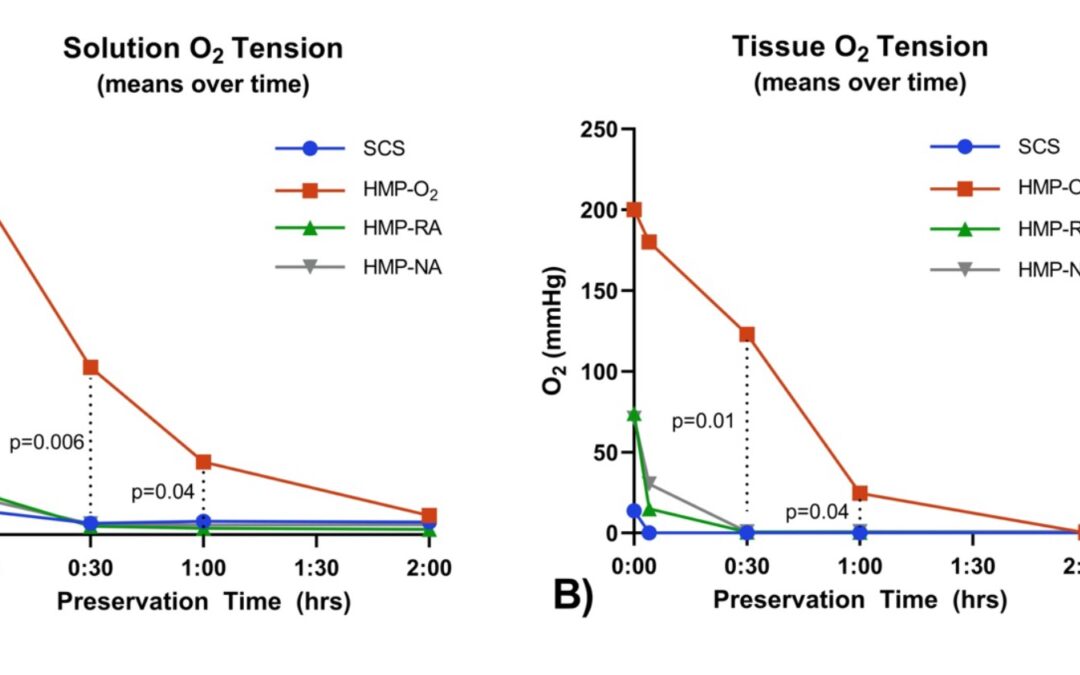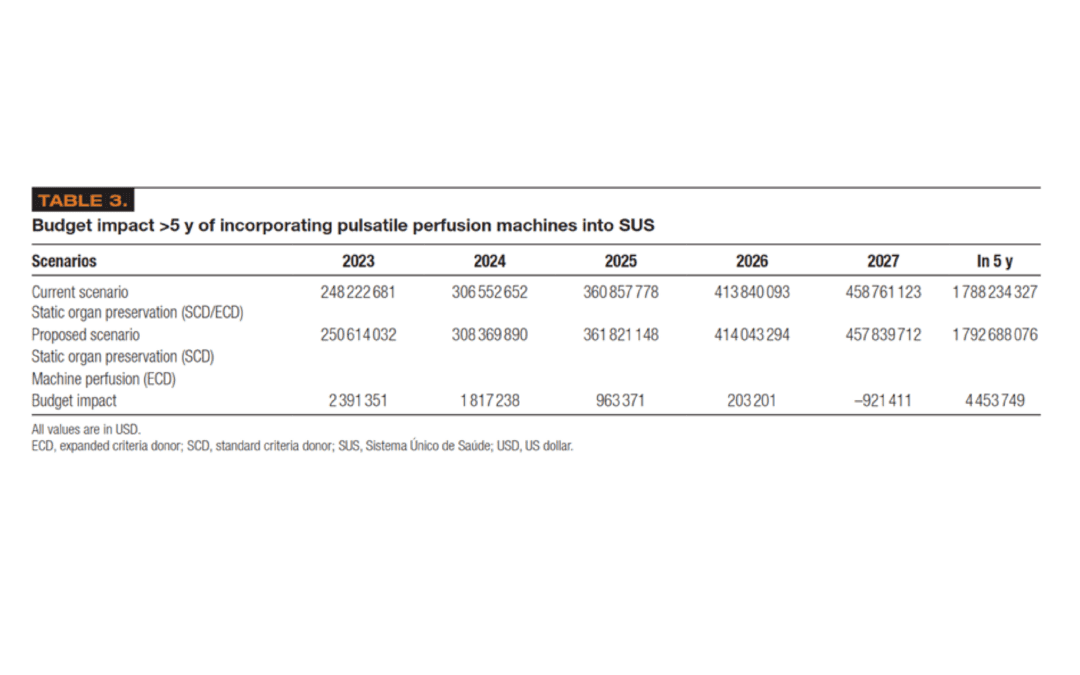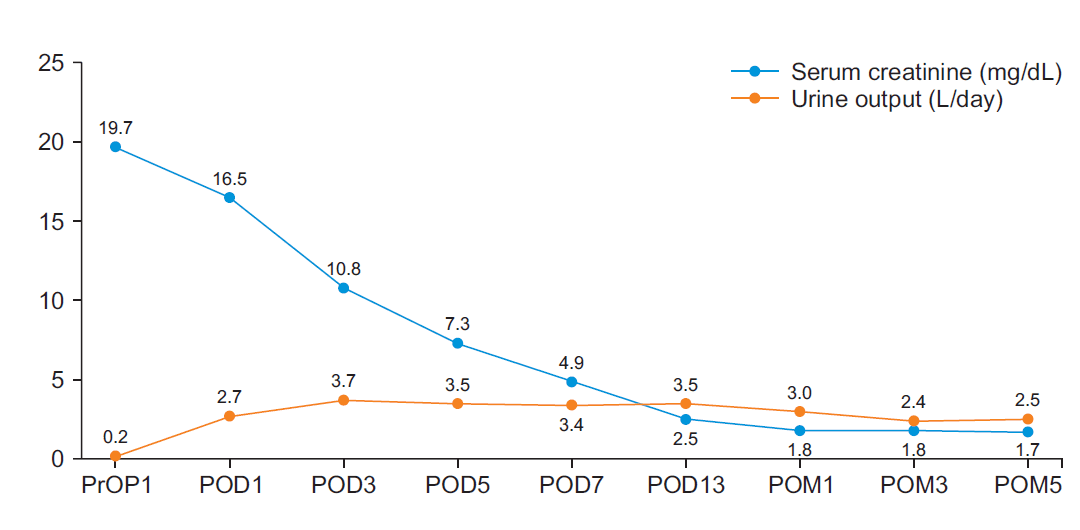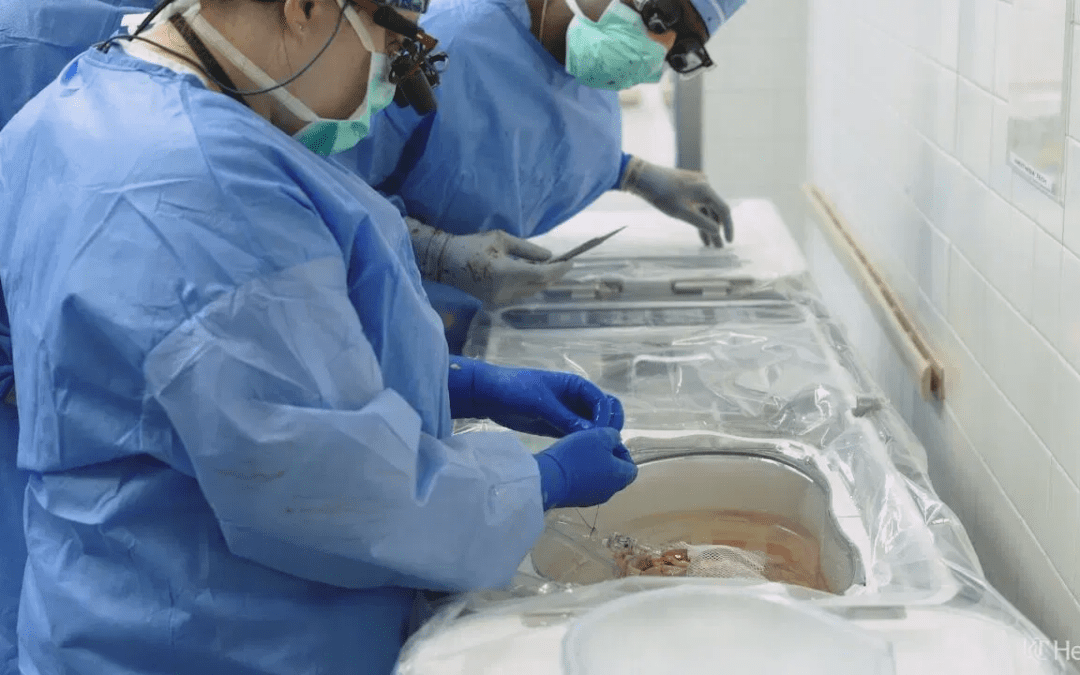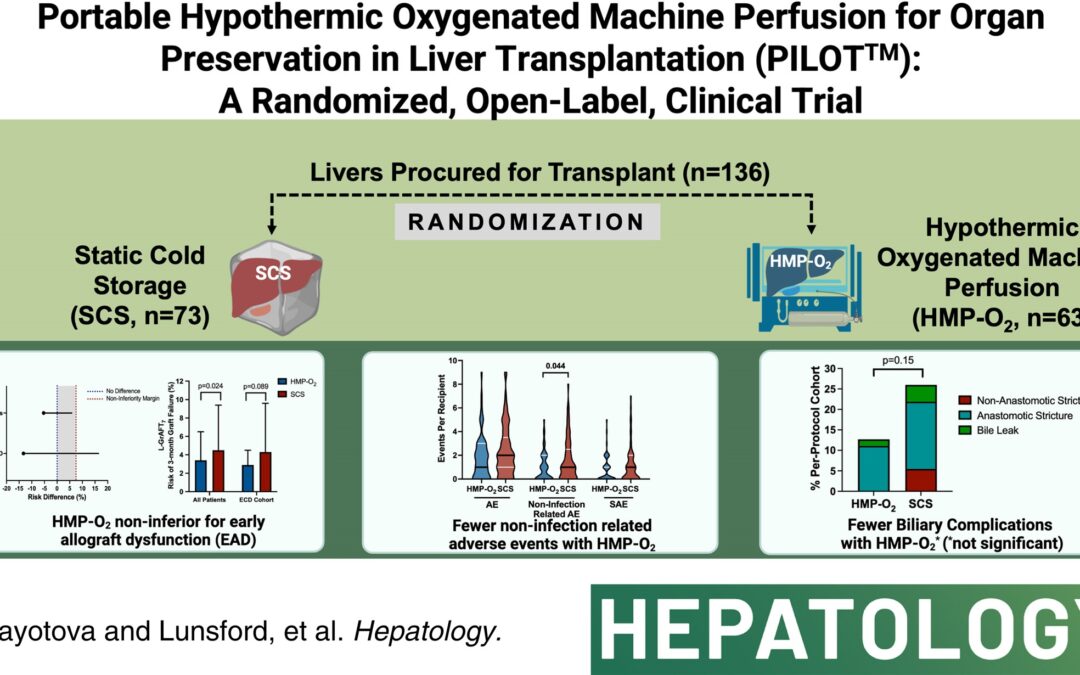In a pre-clinical study using a porcine DCD model, Panayotova et al. sought to validate the novel technique of oxygen “pre-charge” for hypothermic machine perfusion (HMP) using the LifePort Liver Transporter. The study evaluated the effects of this preservation method on organ oxygenation and tissue ischemic damage. To compare the effect of “pre-charge”, the livers were divided into 4 groups: static cold storage (SCS), HMP in a closed circuit (HMP-NA), HMP with an open-air circuit or room air (HMP-RA), and HMP with oxygen pre-charge (HMP-O2).
The results show that:
- The perfusate oxygen tension was significantly higher in the HMP-O2 group
- The liver tissue oxygen levels were higher in the HMP-O2 group
- The HMP-O2 group had the lowest levels of markers associated with injury
Overall, they found that the novel “pre-charge” method of oxygenation provided a valid alternative to continuous oxygenated perfusion. The protocol reached pO2 levels in solution as high as 700 mmHg and dropped to around 150 mmHg after 90 minutes. Other groups have shown that liver oxygen uptake during HMP ceases after 90 minutes, so this method would provide sufficient oxygen for the liver. They concluded that, “pre-charge” is an effective technique to oxygenate which will promote portability and the start of perfusion at the donor hospital.
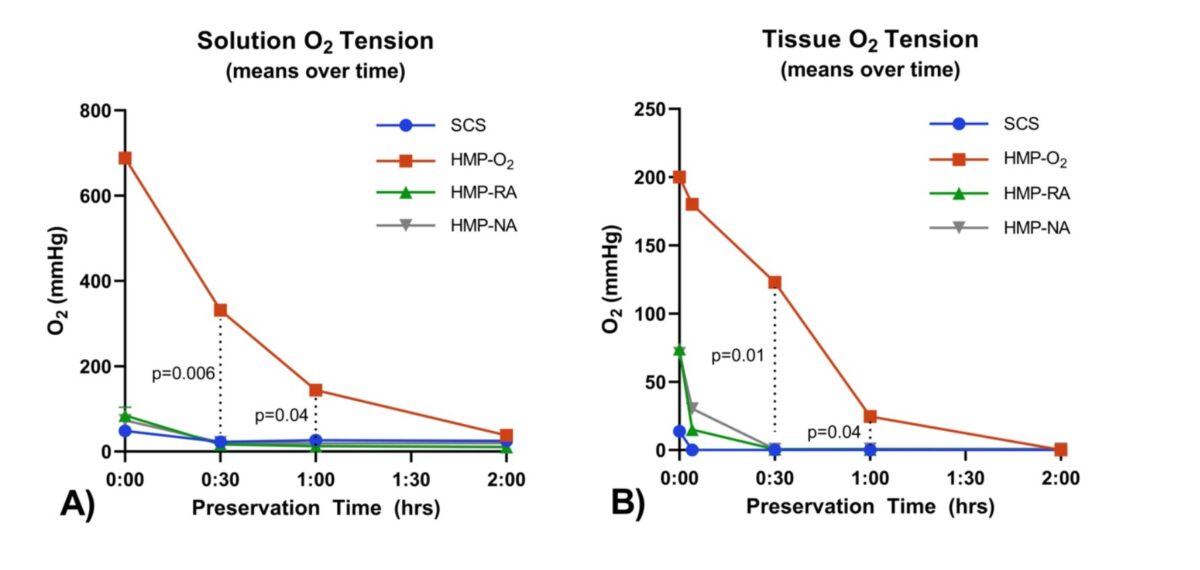
Read the full article here: https://doi.org/10.1016/j.amjsurg.2020.06.072
The Latest

